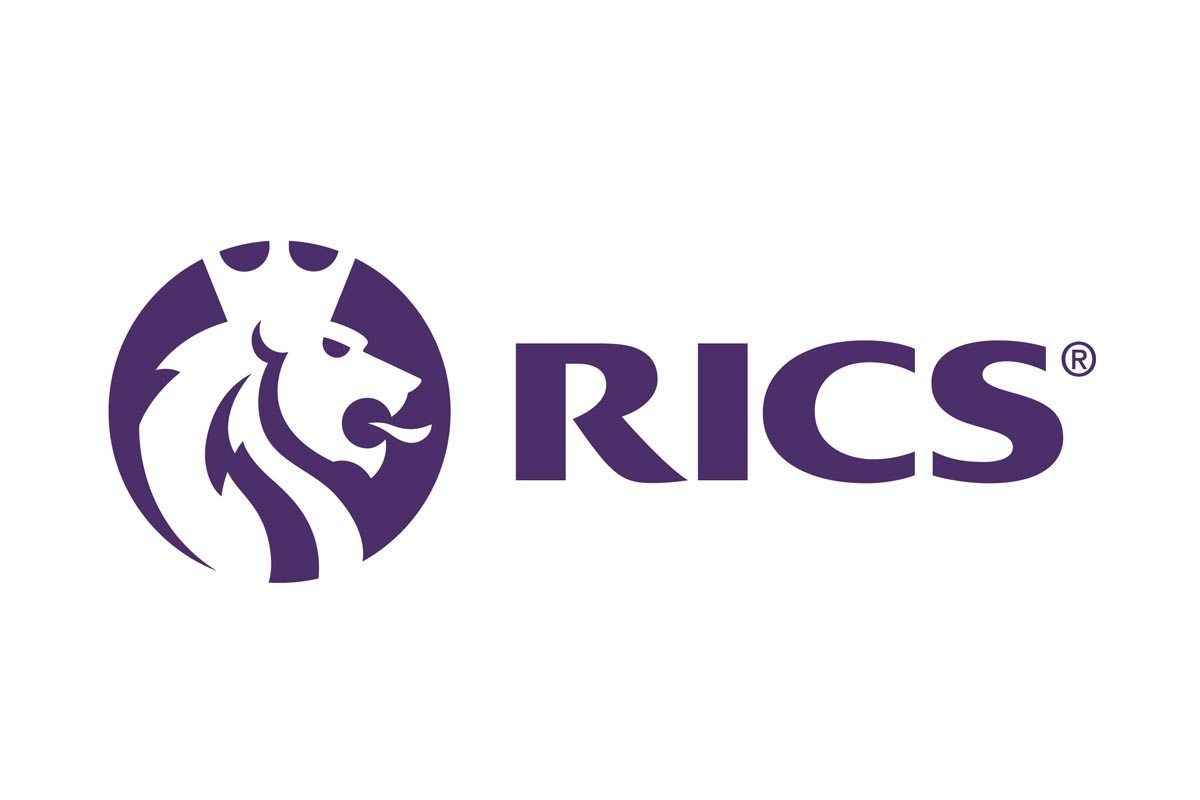Graham Sharp, managing director of health and safety experts, Stanley Handling
)
AI Wearable technology can play a crucial role in preventing ergonomic injuries by recording hazardous movements and alerting workers to risky behaviors. Wearable devices can provide constant monitoring prompts to behavioral changes and provide management teams with valuable insights through metric data downloaded to a management dashboard. These insights can include identifying high-risk workers, pinpointing specific areas requiring additional training, and highlighting tasks or processes in need of revision.
Additionally, exoskeletons offer another solution in warehouses, reducing physical strain and preventing injuries among workers. By providing support during lifting and other physically demanding tasks, exoskeletons are invaluable aids, effectively mitigating the risk of musculoskeletal disorders and enhancing worker productivity and efficiency. For example, The Emel Group, an energy provider, successfully integrated WearHealth exoskeletons into maintenance operations, yielding an impressive result of a 27% reduction in workload as well as faster recovery times between tasks.
Throughout our experience, we’ve identified several key factors crucial for cultivating a robust health and safety culture within an organisation. These include encouraging open communication, providing regular safety training, recognising safe behaviour, conducting audits, empowering employees and promoting continuous improvement.
Additionally, the growth of e-commerce has profoundly impacted warehouse operations, necessitating the implementation of new safety protocols and technologies. AI-powered solutions like collision avoidance technology and wearable devices are being increasingly utilised to ensure worker safety amidst the rising demands from customers and evolving operational challenges.
The long-term effects of Covid-19 are expected to further shape warehouse safety practices and procedures. AI-powered solutions and wearable technology are revolutionising safety practices by providing real-time monitoring and data analysis. Additionally, smart sensor technology can enhance safety by proactively alerting employees to safety concerns and providing real-time data access for more informed decision-making.
Overall, the integration of advanced technologies and proactive safety measures not only enhances worker safety but also improves operational efficiency and resource planning, ultimately ensuring a safer work environment for all.
“Throughout our experience, we’ve identified several key factors crucial for cultivating a robust health and safety culture within an organisation. These include encouraging open communication, providing regular safety training, recognising safe behaviour, conducting audits, empowering employees and promoting continuous improvement.”


)
)
)
)
)
)
)

)
)
)
)
)
)
)
)
)
)
)
)
)
)
)
)
)
)
)
)
)
)
)
)
)
)
)
.png/fit-in/500x500/filters:no_upscale())
)
)
)
)
)
)
)
)
)
)
)
)
)
)
)
)
)
)
)
)
)
)
)
)
)
)
)
.png/fit-in/500x500/filters:no_upscale())
)
)
)
)
)
)
)
)
)
)
)
)
)
)
)
)
)
)
)
)
)
)
)
)
)
)
)
)
)
)
)
)
)
)
)
)
)
)
)
)
)
)
)
)
)
)
)
)
)
)
)
)
)
)
)
)
)
)
)
)
)
)
)
)
)
)
)
)
)
)
)
)
)
)
)
)
)
)
)
)
)
)
)
)
)
)
)
)